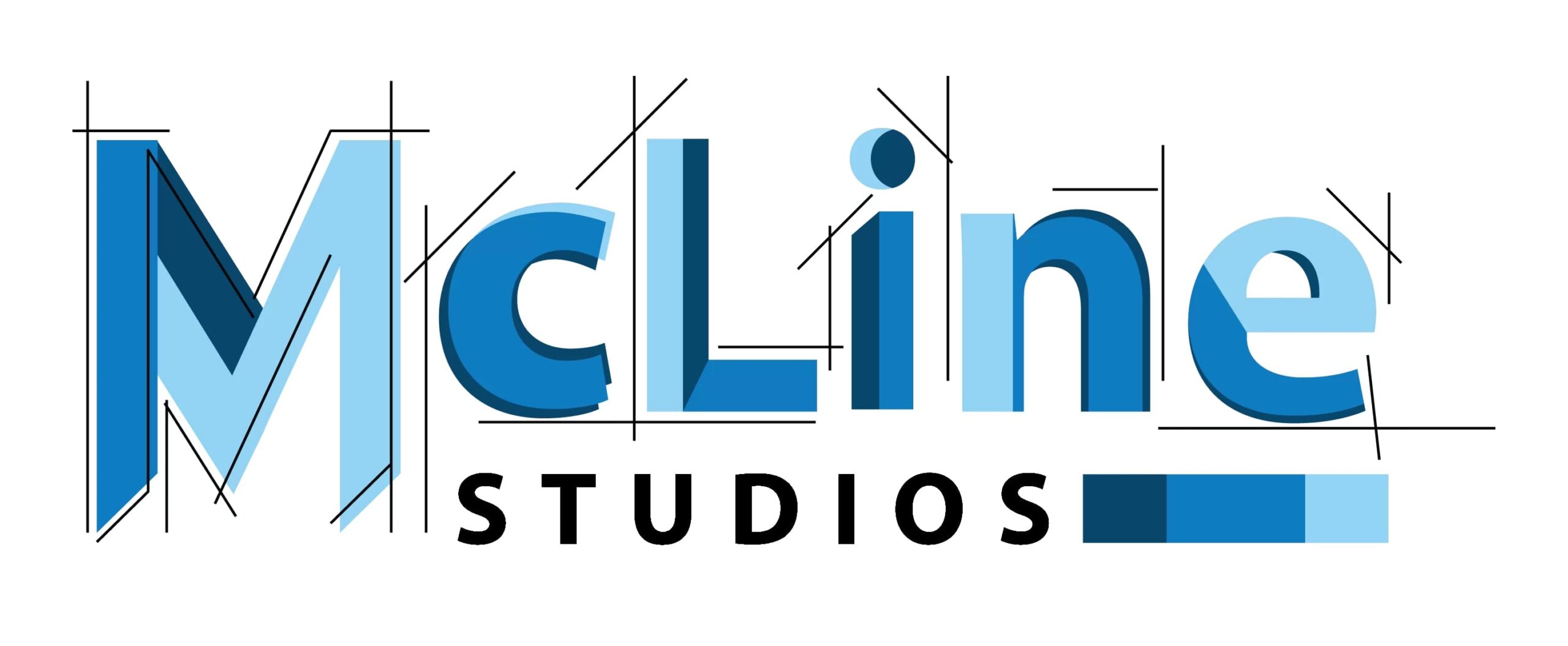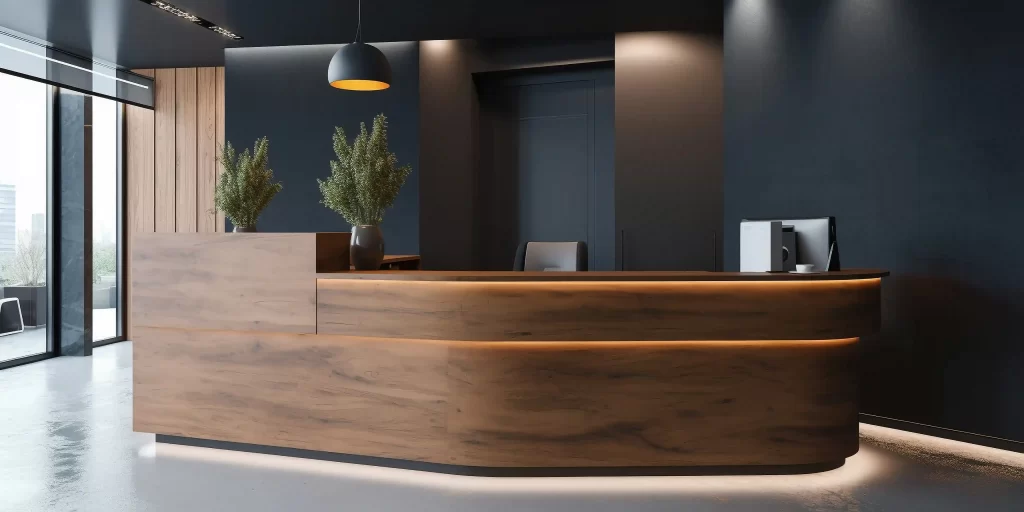Introduction:
Millwork shop drawings play a crucial role in the seamless execution of architectural projects. These detailed drawings serve as a blueprint, guiding the fabrication and installation of custom millwork elements, such as cabinetry, doors, and moldings. As technology continues to advance and industry demands evolve, the future of millwork shop drawings holds exciting possibilities. In this blog post, we will explore the emerging trends and innovative developments that are reshaping the millwork industry.
The intersection of technology and millwork has ushered in a new era of efficiency, precision, and collaboration. Advancements in 3D modeling, virtual reality (VR), and Building Information Modeling (BIM) integration have revolutionized the way millwork shop drawings are created and utilized. We will delve into these technology-driven innovations and their impact on enhancing accuracy and streamlining the production process.
Sustainability is another key focus area in the future of millwork shop drawings. As eco-conscious practices gain momentum, designers and manufacturers are seeking greener alternatives for materials and finishes. We will explore the latest sustainable practices and material innovations, including the use of engineered wood products, recycled materials, and digital fabrication techniques, which not only reduce environmental impact but also offer exciting possibilities for creativity and design.
Join us as we embark on a journey into the future of millwork shop drawings. By staying abreast of the latest trends and innovations, we can embrace these transformative developments and prepare for an exciting era of enhanced precision, sustainability, collaboration, and customization in the millwork industry.
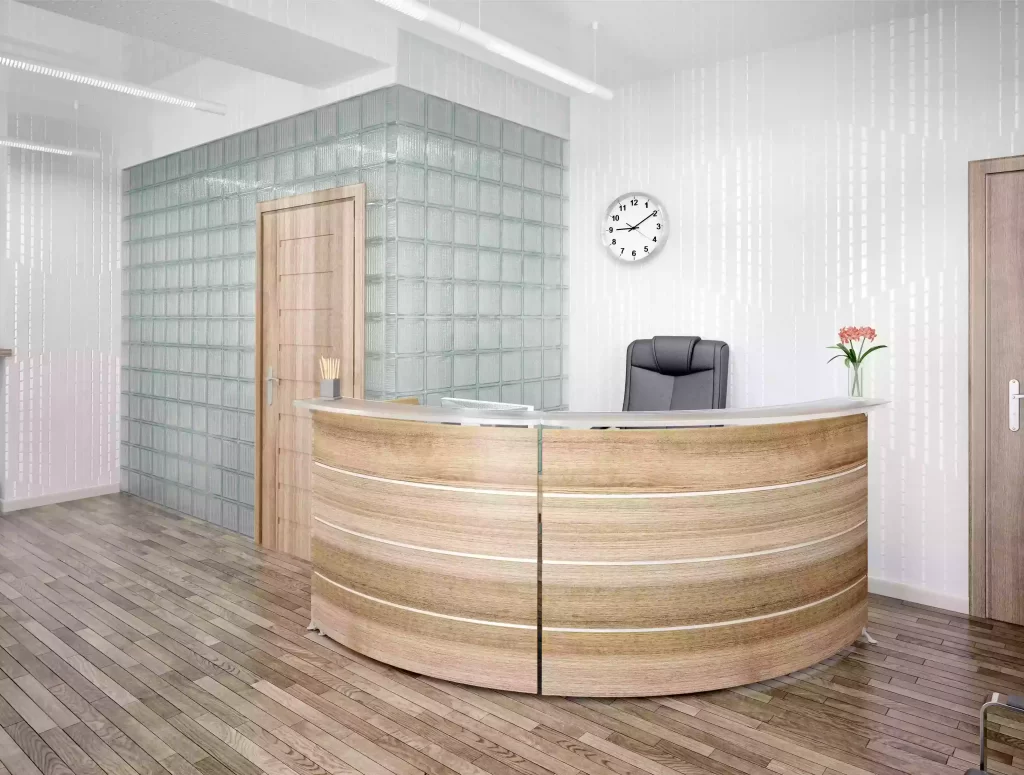
Technology-driven Innovations
Impact of Technology on Millwork Shop Drawings
3D Modeling and Virtual Reality (VR) Applications:
- 3D modeling allows for the creation of highly detailed and realistic representations of millwork elements.
- VR applications provide an immersive experience, allowing stakeholders to visualize and interact with the millwork designs.
- Impact: These technologies enhance visualization, design validation, and client engagement, resulting in better-informed decision-making and improved design outcomes.
Building Information Modeling (BIM) Integration:
- BIM integrates millwork shop drawings with the overall building model, facilitating coordination between various project stakeholders.
- Impact: BIM integration streamlines communication, improves collaboration, and helps identify clashes or conflicts early on, reducing errors and project delays.
Automated and AI-Assisted Drafting Tools:
- Automated drafting tools and AI-assisted software automate repetitive tasks and generate accurate measurements, annotations, and material schedules.
- Impact: These tools enhance accuracy, reduce manual labor, and minimize human error, leading to improved efficiency and productivity in creating millwork shop drawings.
How These Innovations Improve Accuracy, Efficiency, and Collaboration in the Millwork Industry
Accuracy:
- 3D modeling and VR applications provide a detailed visual representation, enabling stakeholders to identify potential design flaws, clashes, or discrepancies.
- BIM integration ensures that millwork shop drawings align precisely with the overall building model, reducing errors and rework.
Efficiency:
- Technology-driven tools expedite the creation and modification of millwork shop drawings, reducing drafting time and manual labor.
- Automated drafting tools and AI-assisted software streamline repetitive tasks, increasing productivity and allowing professionals to focus on more complex design aspects.
Collaboration:
- BIM integration and cloud-based project management platforms enable seamless communication and real-time collaboration among project stakeholders.
- VR applications enhance client engagement, facilitating effective communication and feedback exchange.
These innovations collectively improve accuracy by identifying and resolving design issues early on, enhance efficiency by reducing manual labor and streamlining workflows, and foster collaboration by providing a centralized platform for communication and information sharing. As a result, the millwork industry benefits from improved design outcomes, increased productivity, and enhanced collaboration between stakeholders.
By embracing technology-driven innovations in millwork shop drawings, professionals in the industry can significantly enhance efficiency, accuracy, collaboration, and client satisfaction. These advancements open up new possibilities for creating intricate and bespoke millwork elements while streamlining the entire design and production process. As we delve into the future of millwork shop drawings, these technology-driven trends and innovations will continue to shape the industry and redefine the standards of excellence.
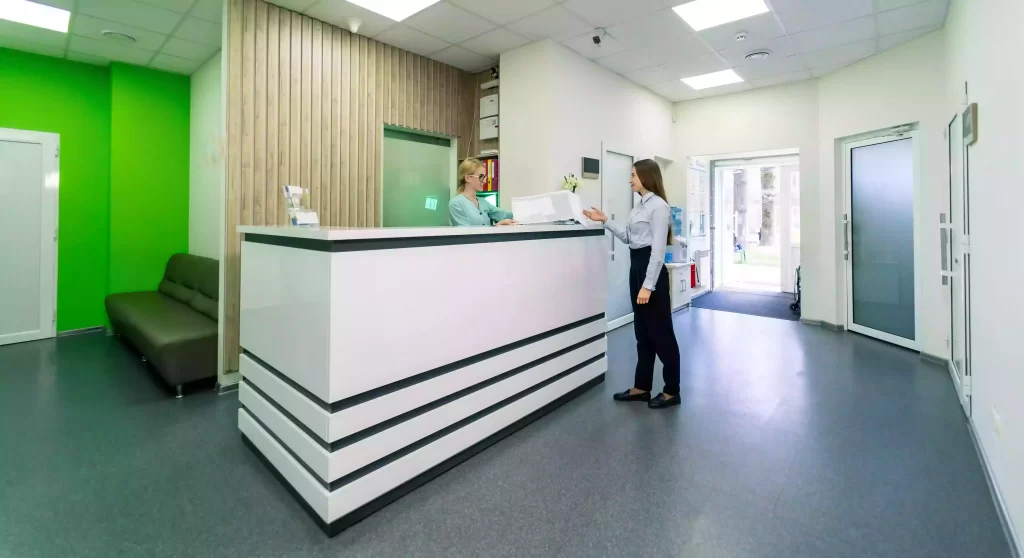
Sustainable Practices and Material Innovations
Growing Emphasis on Sustainability in Millwork Shop Drawings
- Use of Eco-friendly Materials and Finishes:
- There is a growing trend towards selecting eco-friendly materials for millwork projects, such as sustainably sourced wood, low-emission adhesives, and water-based finishes.
- This focus on eco-friendly materials helps reduce the environmental impact of millwork production and promotes healthier indoor air quality.
- Integration of Sustainable Design Principles:
- Sustainable design principles, such as energy efficiency and waste reduction, are increasingly being incorporated into millwork shop drawings.
- Designers are emphasizing resource conservation, optimal material usage, and end-of-life considerations, ensuring a more sustainable life cycle for millwork components.
Innovative Materials and Techniques in Millwork
- Engineered Wood Products:
- Engineered wood products, such as cross-laminated timber (CLT) and laminated veneer lumber (LVL), offer sustainable alternatives to traditional solid wood.
- These materials are made from fast-growing and renewable wood species, reducing the demand for slow-growing hardwoods and preserving forests.
- Recycled and Reclaimed Materials:
- The use of recycled and reclaimed materials in millwork contributes to sustainability efforts.
- Reclaimed wood, salvaged from old structures or repurposed materials, adds character and reduces the need for new timber harvesting.
- Recycled plastic composites and metal alloys offer alternatives to virgin materials, reducing waste and resource consumption.
- Digital Fabrication and CNC Machining:
- Digital fabrication technologies, such as computer numerical control (CNC) machining, enable precise and efficient manufacturing of millwork components.
- CNC machines optimize material usage, minimize waste, and reduce energy consumption compared to traditional manual methods.
- These technologies allow for the production of complex and customized designs, resulting in less material waste and greater design flexibility.
The integration of sustainable practices and material innovations in millwork shop drawings is gaining prominence in the industry. The use of eco-friendly materials, adoption of sustainable design principles, and incorporation of innovative materials and techniques contribute to reducing environmental impact, promoting resource efficiency, and creating healthier indoor environments. As sustainability becomes a key consideration, millwork professionals are embracing these practices and materials to meet the demands of environmentally conscious clients and contribute to a more sustainable future.
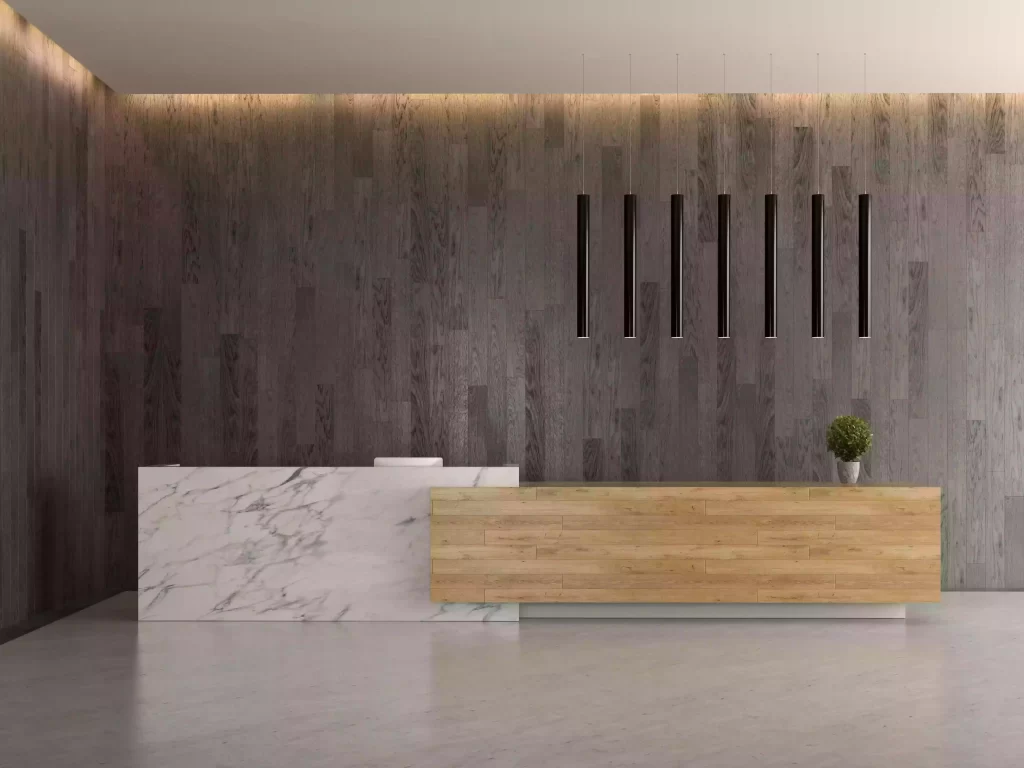
Enhanced Communication and Collaboration
Advancements in Communication and Collaboration Tools
- Cloud-based Project Management Platforms:
- Cloud-based project management platforms provide a centralized and accessible repository for millwork shop drawings, specifications, and project data.
- Stakeholders can easily upload, share, and collaborate on documents in real-time, regardless of their physical location.
- These platforms offer version control, document tracking, and permission management, ensuring efficient communication and organized collaboration.
- Real-time Collaboration and Markup Tools:
- Real-time collaboration tools enable simultaneous editing and commenting on millwork shop drawings.
- Multiple stakeholders, including designers, architects, and contractors, can provide feedback, make annotations, and discuss changes in real-time.
- This fosters efficient communication, reduces delays, and ensures everyone is on the same page regarding design decisions.
- Mobile Applications for On-site Coordination:
- Mobile applications designed for millwork professionals facilitate on-site coordination and communication.
- Stakeholders can access millwork shop drawings, project plans, and relevant documentation on their mobile devices, even when working in the field.
This enables quick reference, instant updates, and seamless communication between the job site and the office, enhancing efficiency and reducing errors.
Facilitating Seamless Communication and Coordination between Stakeholders
- Real-time Collaboration:
- Cloud-based project management platforms and real-time collaboration tools enable instant communication and feedback among stakeholders.
- Designers, architects, contractors, and millwork manufacturers can work together in real-time, resolving issues, clarifying requirements, and making informed decisions promptly.
- This streamlines the design and fabrication process, reducing the risk of miscommunication and ensuring project milestones are met efficiently.
- Increased Transparency:
- By utilizing cloud-based platforms, stakeholders have transparent access to millwork shop drawings and project documentation.
- This transparency improves coordination, as all relevant parties can stay informed about the progress and changes in real-time.
- It also reduces the chances of misunderstandings and enables prompt resolution of any conflicts or discrepancies.
- Efficient On-site Communication:
- Mobile applications allow on-site personnel to access millwork shop drawings and communicate with the design team remotely.
- Site measurements, progress updates, and field modifications can be instantly shared, reducing the need for back-and-forth communication and potential errors.
- This real-time coordination ensures that the millwork installation aligns with the design intent, minimizing rework and delays.
The advancements in communication and collaboration tools have significantly improved the efficiency and effectiveness of stakeholders in the millwork industry. Cloud-based platforms, real-time collaboration tools, and mobile applications foster seamless communication, increased transparency, and efficient coordination between designers, architects, contractors, and millwork manufacturers. These tools enable swift decision-making, quick problem-solving, and smooth project execution, ultimately leading to successful and well-coordinated millwork projects.

Customization and Personalization
Growing Demand for Customized Millwork Products
- Tailored Designs to Meet Specific Client Preferences:
- There is an increasing demand for millwork products that are unique and tailored to individual client preferences.
- Clients seek millwork elements that align with their personal style, functional requirements, and aesthetic preferences.
- Millwork shop drawings play a crucial role in translating these preferences into tangible designs that can be fabricated and installed.
- Integration of Advanced Parametric Modeling Techniques:
- Advanced parametric modeling techniques allow designers to create highly customizable millwork designs.
- Parameters, such as dimensions, material variations, and design elements, can be adjusted dynamically to meet specific client needs.
- This flexibility enables designers to generate a wide range of variations from a single base design, accommodating individual customization requests efficiently.
Importance of Flexibility and Adaptability in Millwork Shop Drawings
- Meeting Client Expectations:
- Customization and personalization in millwork shop drawings are essential for meeting and exceeding client expectations.
- By providing customized designs that align with client preferences, millwork professionals can enhance client satisfaction and establish long-term relationships.
- Addressing Unique Project Requirements:
- Each millwork project comes with its own set of unique requirements, such as space constraints, functional considerations, and architectural specifications.
- Flexibility in millwork shop drawings allows designers to adapt and tailor the designs to address these specific project requirements effectively.
- Promoting Design Innovation:
- Flexibility in millwork shop drawings encourages design innovation and creative solutions.
- Designers can explore various design possibilities, experiment with unconventional materials, and integrate new technologies to create unique and customized millwork elements.
- Streamlining Fabrication and Installation:
- Flexible millwork shop drawings help streamline the fabrication and installation processes.
- Design iterations and customization requests can be easily incorporated into the drawings, ensuring accurate fabrication and efficient installation on-site.
- Adapting to Changing Needs:
- Flexibility in millwork shop drawings allows for adaptability to changing client needs and project requirements.
- As projects evolve or client preferences shift during the design process, millwork professionals can easily modify the shop drawings to accommodate these changes.
The ability to customize and personalize millwork products through flexible and adaptable shop drawings is crucial in meeting client expectations, addressing unique project requirements, fostering design innovation, streamlining fabrication and installation, and adapting to changing needs. With customization becoming a significant factor in the millwork industry, professionals who can deliver tailored designs and accommodate client preferences through their shop drawings will be well-positioned to succeed in a competitive market.

Compliance and Safety Considerations
Evolving Regulatory Landscape in Millwork
- Building Codes and Standards Updates:
- The regulatory landscape in the construction industry, including millwork, is continually evolving.
- Building codes and standards undergo regular updates to ensure the safety, structural integrity, and accessibility of buildings.
- Millwork professionals must stay informed about these updates to ensure compliance with the latest requirements.
- Fire Safety and Accessibility Requirements:
- Fire safety regulations and accessibility standards play a vital role in millwork design and installation.
- Compliance with fire safety codes includes proper fire-rated materials, clearance requirements, and proper egress paths.
- Accessibility requirements involve designing millwork elements to accommodate individuals with disabilities, such as proper door widths and accessible hardware.
Incorporating Compliance Measures and Safety Considerations in Millwork Shop Drawings
- Detailed Documentation of Materials and Specifications:
- Millwork shop drawings should include comprehensive documentation of materials, finishes, and components used.
- Clear specifications ensure compliance with fire safety ratings, environmental regulations, and accessibility requirements.
- Dimensional Accuracy and Clearances:
- Accurate measurements and clearances are critical to comply with building codes and safety regulations.
- Millwork shop drawings should incorporate proper clearances for doors, windows, stairways, and other architectural elements to ensure safe and obstruction-free access.
- Proper Labeling and Marking:
- Millwork shop drawings should include labeling and marking of fire-rated materials, hardware, and safety components.
- Proper labeling ensures that the millwork installation is carried out correctly and in compliance with fire safety regulations.
- Integration of Safety Features:
- Millwork shop drawings should incorporate safety features, such as emergency exit signage, panic hardware, and proper lighting.
- Compliance with safety requirements ensures occupant safety and facilitates emergency evacuation procedures.
- Collaboration with Regulatory Authorities:
- Millwork professionals should collaborate with regulatory authorities, such as building inspectors and fire marshals, to ensure compliance.
- Early involvement of regulatory authorities in the design process helps identify any potential compliance issues and facilitates timely resolution.
By incorporating compliance measures and safety considerations into millwork shop drawings, professionals can ensure that their designs adhere to building codes, fire safety regulations, and accessibility requirements. Accurate documentation, clear specifications, dimensional accuracy, proper labeling, and integration of safety features are crucial elements that contribute to compliance and ensure the safety of occupants. Millwork professionals should stay updated with regulatory changes and actively collaborate with regulatory authorities to ensure compliance throughout the design and installation process.
Conclusion
In conclusion, the future of millwork shop drawings is marked by technological advancements, sustainability practices, enhanced communication, customization, and compliance considerations. These trends are reshaping the industry and presenting new opportunities for professionals. By embracing 3D modeling, virtual reality, automation, and AI-assisted tools, millwork professionals can improve accuracy, efficiency, and visualization in their designs. Incorporating sustainable materials, digital fabrication, and eco-friendly finishes not only aligns with environmental concerns but also enhances the overall quality and longevity of millwork products. Effective communication and collaboration tools foster seamless coordination among stakeholders, while customization allows for tailored designs that meet individual client preferences. Lastly, staying up-to-date with building codes, fire safety regulations, and accessibility requirements ensures compliance and promotes the safety of occupants.
To succeed in the future of millwork shop drawings, professionals must remain adaptable and open to embracing these advancements. By keeping a finger on the pulse of industry trends, continuously learning and integrating new tools and techniques, professionals can position themselves as leaders in the field. Embracing these innovations and preparing for the future of millwork shop drawings will not only elevate the quality and efficiency of projects but also contribute to the overall growth and success of the millwork industry.
